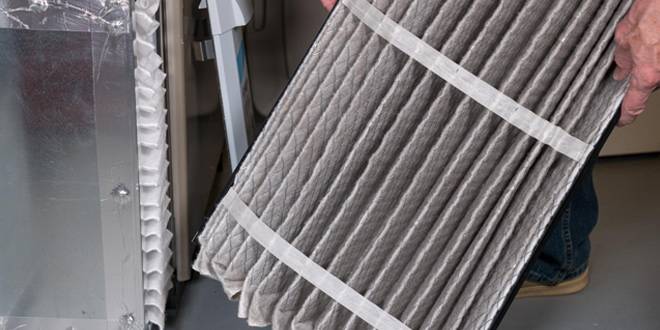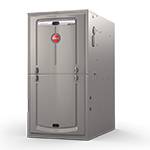
Homeowners in Dallas understand the importance of a well-functioning furnace, especially during cooler months. A key component is the furnace filter, but what happens if you run your furnace without one? Let’s explore the facts about furnace filters.
The Role of a Furnace Air Filter
- Air Quality: Air filters trap dust, allergens, and other particles, maintaining indoor air quality.
- System Protection: They prevent debris from entering the furnace, protecting internal components.
Can You Run a Furnace Without a Filter?
- Short Answer: Technically yes, but it’s not recommended.
- Risks Involved:
- Increased Wear and Tear: Without a filter, dust and debris can accumulate in the furnace, leading to damage. This also applies to any other HVAC system.
- Reduced Efficiency: Dirt accumulation can hinder airflow and system efficiency.
- Health Hazards: Poor air quality due to circulating dust and allergens.
The Consequences of Skipping the Filter
- Shortened Lifespan: Continuous operation without a filter can significantly reduce the furnace’s lifespan.
- Higher Energy Bills: Inefficiency due to clogging can lead to increased energy consumption.
- Potential System Failure: Severe accumulation of debris can lead to system breakdowns.
Choosing the Right Filter
- Filter Types: Understand the different types of filters available, such as HEPA, pleated, and fiberglass.
- MERV Ratings: Choose a filter with an appropriate MERV rating for your needs.
- Regular Replacement: Change your filter regularly, typically every 90 days, or more frequently in high-use periods.
Professional Advice and Services
- Consult Experts: Always consult with HVAC professionals for the best advice on furnace maintenance.
- Regular Maintenance: Schedule regular check-ups to ensure your furnace runs efficiently and safely.
Step-by-Step Guide to Changing Your Furnace Filter
Changing your furnace filter is a simple yet crucial task that can improve your system’s efficiency and air quality in your home. Here’s how you can do it:
Step 1: Locate Your Furnace Filter
- Most filters are located in the blower compartment of the furnace, but they can also be found in an attached filter case or air return duct. If you’re unsure, refer to your furnace’s manual.
Step 2: Turn Off the Furnace
- For safety, ensure your furnace is turned off before you start. This can usually be done at the thermostat or the furnace’s power switch.
Step 3: Remove the Old Filter
- Open the furnace door or panel to access the filter. Slide the filter out carefully. Note the direction of the airflow arrow on the filter’s frame, as the new filter will need to be inserted in the same orientation.
Step 4: Check the Filter Size
- Check the size printed on the edge of the old filter. Furnace filters come in various sizes, and it’s crucial to use the correct size for your furnace or heating system.
Step 5: Purchase a New Filter
- Buy a new filter that matches the size and MERV rating (Minimum Efficiency Reporting Value) recommended for your furnace. Higher MERV ratings trap smaller particles, improving air quality.
Step 6: Insert the New Filter
- Slide the new filter into place, ensuring it’s facing the correct direction (the arrow on the frame should point towards the furnace). The arrow indicates the direction of the airflow.
Step 7: Secure the Filter and Close the Panel
- Make sure the filter fits snugly without any gaps around the edges. Once in place, close the furnace door or panel.
Step 8: Turn the Furnace Back On
- Restore power to the furnace by turning on the thermostat or the furnace switch.
Step 9: Record the Date
- Write the date of the filter change on the filter’s frame or keep a record elsewhere. This helps you keep track of when it’s time for the next change.
Step 10: Regular Checks
- Even though filters typically need changing every 90 days, it’s a good idea to check them monthly, especially during high-use periods. If the filter looks dirty, change it out even if it hasn’t been 90 days yet. Remember, a clogged filter, or dirty filter, has a negative impact on your furnaces ability to function properly.
Changing your furnace filter regularly not only ensures better air quality but also maintains the efficiency and longevity of your furnace. If you encounter any issues or are unsure about the process, don’t hesitate to contact a professional. BV Air Conditioning & Heating is always here to help with your HVAC needs in Dallas, TX.

Keep Your Furnace Running Smoothly with BV Air Conditioning & Heating
Ensure your furnace operates efficiently and safely this season with BV Air Conditioning & Heating. Our team of experts is ready to assist with all your furnace needs, from filter replacement to comprehensive maintenance. Contact us today for reliable service and peace of mind in Dallas, TX. Stay warm, stay safe, and let us handle the rest!


